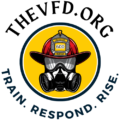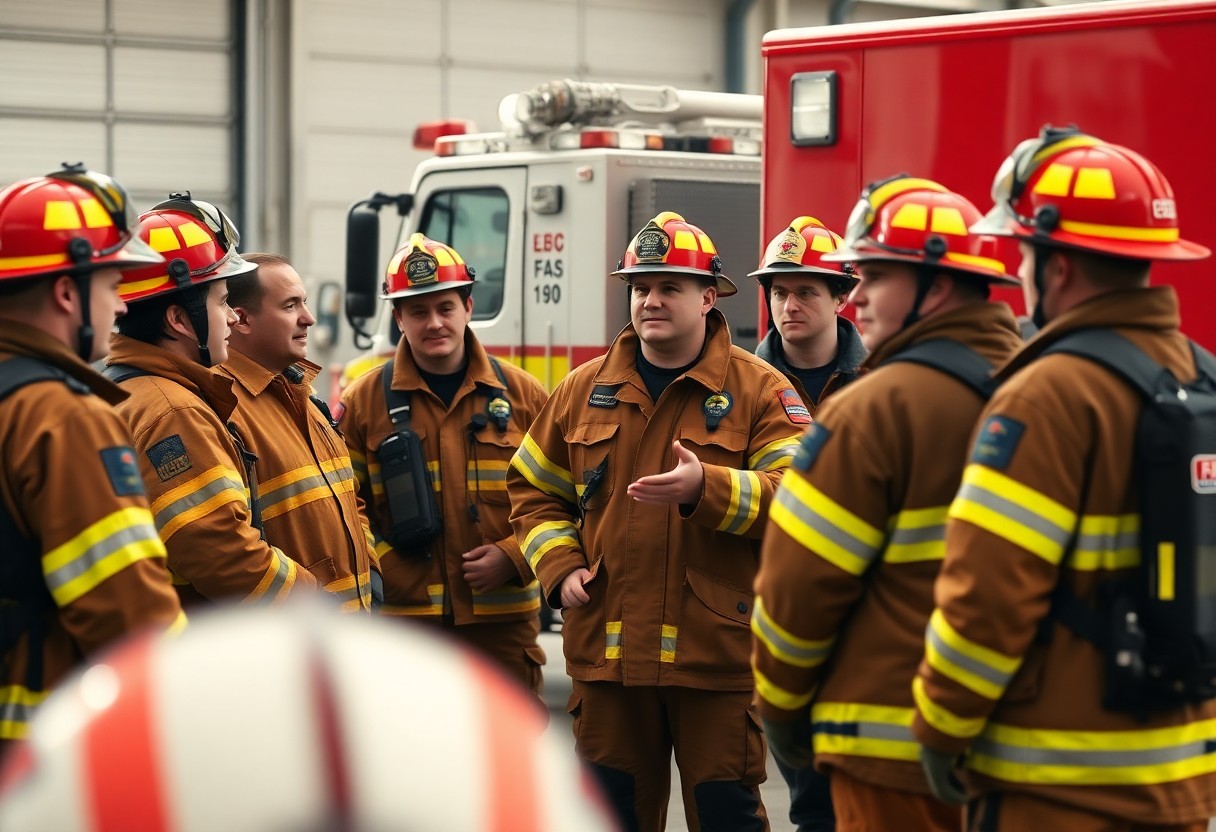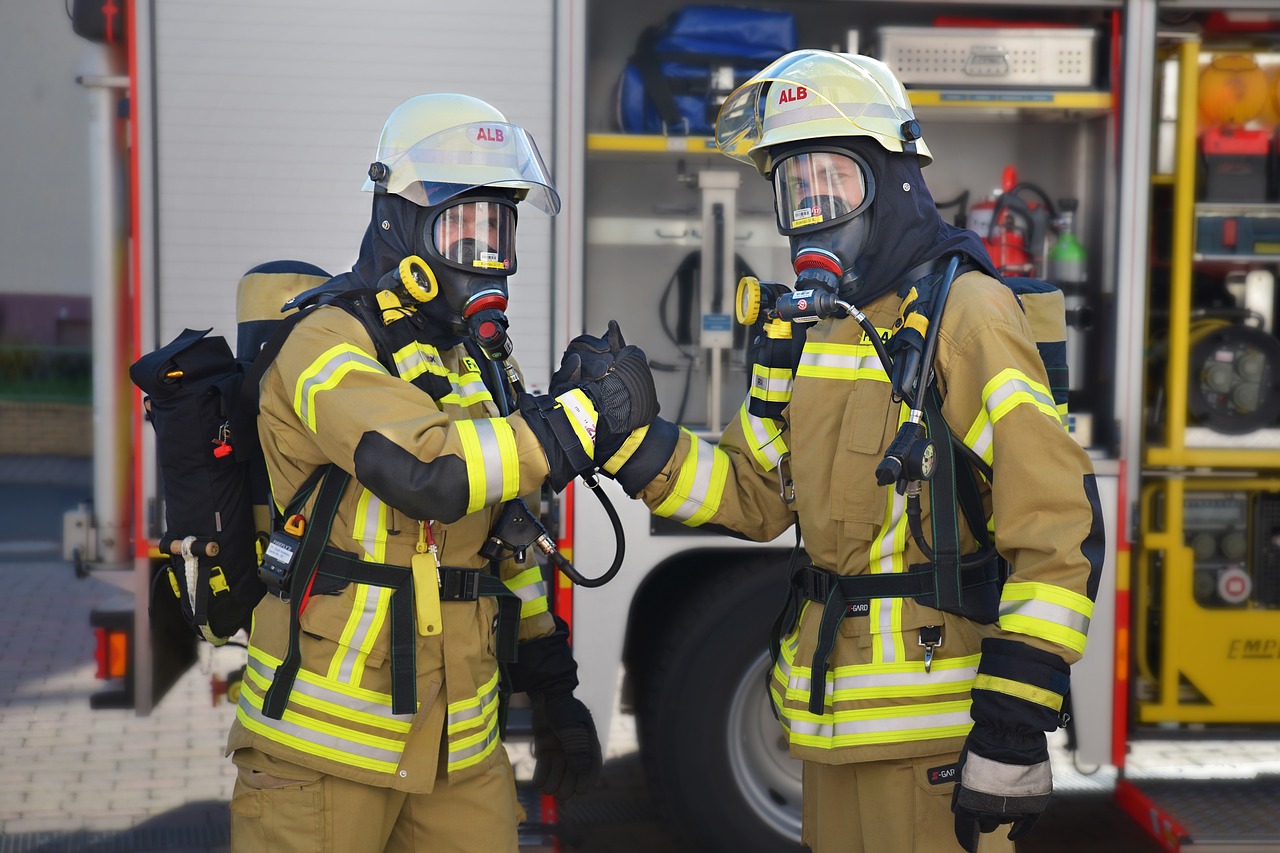This guide will empower you to enhance communication within your volunteer fire department, fostering a more cohesive and efficient team. Effective communication is vital for ensuring safety, streamlining operations, and enhancing coordination during emergencies. By focusing on practical strategies, you will learn how to improve your outreach, encourage open dialogue, and utilize technology to your advantage. Whether you’re a seasoned leader or new to the team, this guide provides you with the necessary tools to strengthen your department’s communication skills and ultimately serve your community better.
Types of Communication
Before stepping into the details, it’s necessary to understand the different types of communication utilized in volunteer fire departments:
- Verbal Communication
- Non-Verbal Communication
- Written Communication
- Visual Communication
- Digital Communication
Perceiving these types can significantly enhance your team’s effectiveness and cohesion.
| Type | Description |
| Verbal | Communicating through spoken words. |
| Non-Verbal | Body language, facial expressions, etc. |
| Written | Messages, reports, and plans in text. |
| Visual | Use of images and symbols. |
| Digital | Communication through tech platforms. |
Verbal Communication
Assuming you are in emergency situations, clear verbal communication is vital. Your ability to convey information quickly and effectively aids not just in coordination but also in ensuring safety for you and your team during operations.
Non-Verbal Communication
Even though words are powerful, non-verbal communication expresses emotions and intentions without spoken language. Your body language, eye contact, and facial expressions play an integral role in how messages are interpreted within your team.
Communication extends beyond mere words. You should be aware that non-verbal cues can often convey the urgency or importance of a situation more effectively than dialogue. Understanding how to read and utilize these signs can enhance your connection with teammates, fostering trust and promoting a cohesive unit during critical missions.
Effective Communication Tips
You can enhance your communication within the fire department by practicing these crucial strategies:
- Be approachable and open to questions.
- Use positive body language.
- Provide and encourage constructive feedback.
- Keep an eye on non-verbal cues.
- Tailor your message to your audience.
Assume that clear communication can significantly improve team cohesion and efficiency.
Active Listening Skills
Skills in active listening pave the way for better understanding and collaboration among team members. You should focus on not just hearing but truly understanding what others are saying. Utilize techniques such as nodding, summarizing, and asking clarifying questions to show that you are engaged in the conversation and value the speaker’s input.
Clarity and Conciseness
To communicate effectively, you must express your thoughts clearly and concisely. Avoid using jargon or overly complex language that may confuse your audience. Stay focused on the main points, and eliminate unnecessary details that can dilute your message. Being direct allows your team to grasp the information swiftly, which is particularly important in high-pressure situations.
Effective communication fosters a productive environment, where everyone feels informed and empowered. Aim for straightforward language that conveys your message without ambiguity. By prioritizing clarity and conciseness, you ensure that vital information is understood quickly, enabling your team to respond more efficiently during emergencies.
Step-by-Step Communication Strategies
Assuming you aim to improve your volunteer fire department’s communication, you can follow these structured strategies to enhance clarity and connectivity among team members. Organizing your approach will transform how information flows within your organization and improve overall efficiency.
| Strategy | Description |
|---|---|
| Establish Clear Guidelines | Define roles and responsibilities for communication within the team. |
| Choose Appropriate Channels | Select the right platforms for different types of messages. |
| Regular Meetings | Schedule consistent check-ins to discuss ongoing initiatives. |
| Training Workshops | Organize sessions to improve communication skills among members. |
Developing a Communication Plan
Little adjustments in how you structure your communication plan can lead to significant improvements in your team’s effectiveness. Start by assessing your current communication efforts, identifying any gaps, and then outline a strategic plan tailored to your department’s needs.
Implementing Feedback Mechanisms
Strategies for implementing feedback mechanisms can drastically improve your team dynamics. By actively seeking input from your members, you create an environment where everyone feels valued and heard.
Communication is a two-way street, and implementing feedback mechanisms provides an opportunity for your team to voice their thoughts and suggestions. Encouraging regular feedback, whether through surveys, informal discussions, or suggestion boxes, allows you to gain insights into what works and what doesn’t. This practice fosters a culture of open dialogue, ultimately leading to improved communication and collaboration within your volunteer fire department.
Factors Influencing Communication
Keep in mind that effective communication in volunteer fire departments is influenced by various factors, including:
- Team dynamics and relationships
- Cultural differences
- Communication channels used
- Context of the situation
The ability to adapt to these influences can significantly enhance your communication effectiveness.
Audience Awareness
An understanding of your audience is crucial for successful communication. Being aware of their knowledge level, needs, and preferences allows you to tailor your messages appropriately, ensuring that your information resonates and is easily understood.
Environmental Considerations
Some elements of the environment can impact how effectively you communicate within your fire department. Factors like noise, visibility, and the presence of distractions play a role in how messages are received and interpreted.
Another key consideration is the layout of your operations and response scenes. Tight spaces and outdoor settings can create barriers to effective communication. It’s crucial to assess your surroundings and adapt your communication style accordingly, whether it involves using hand signals in loud environments or adjusting your position to enhance visibility with your team. Adequate training can help ensure that your team can communicate effectively, regardless of the circumstances.
Pros and Cons of Different Communication Methods
Many fire departments rely on various communication methods, each with its distinct advantages and disadvantages. Understanding these can help you tailor your communication strategies effectively.
Table of Pros and Cons
| Pros | Cons |
|---|---|
| Immediate feedback | Requires time scheduling |
| Fosters teamwork | Can be disruptive |
| Accessible technology | Technical difficulties |
| Cost-effective | Less personal touch |
| Wide reach | Information overload |
Traditional vs. Digital Communication
Pros of traditional communication include the personal touch and the ability to build stronger relationships. On the other hand, digital communication offers efficiency and accessibility, enabling faster information dissemination.
In-Person Meetings vs. Virtual Communication
Pros of in-person meetings include face-to-face interaction, which fosters trust and camaraderie. Conversely, virtual communication provides flexibility and convenience, allowing you to engage with team members regardless of location.
With virtual communication, you can easily adapt to personnel schedules and eliminate travel time, making it a valuable option for busy fire departments. However, in-person meetings create a sense of community and allow for non-verbal cues that enhance understanding. Finding a balance between both methods can help you optimize your communication strategies.
Training and Development for Members
Unlike many organizations, volunteer fire departments depend heavily on the commitment and skills of their members. To ensure effective communication and operational efficiency, you must prioritize ongoing training and development. Structured programs not only enhance your abilities but also foster camaraderie and teamwork within the unit. Investing in your members’ growth ultimately leads to a more responsive and capable fire department, which can make all the difference in emergency situations.
Workshops and Seminars
Members often benefit from workshops and seminars designed to enhance specific skills. These sessions can cover a range of topics including communication techniques, leadership development, and crisis management. By participating in these educational experiences, you will have the opportunity to learn from experts and gain insight into best practices, thereby elevating your service delivery.
Continuous Improvement Techniques
Clearly, maintaining a commitment to continuous improvement is vital for the growth of your volunteer fire department. Developing techniques to assess and refine your communication strategies will enhance interactions within your team and with the community.
Improvement should be a constant goal for your department. Implementing techniques such as regular feedback loops, peer evaluations, and self-assessments allows you to identify areas for enhancement. Additionally, holding debriefings after training exercises or real incidents can provide valuable insight into what worked and what didn’t. This focus on continuous improvement not only uplifts individual skills but strengthens the entire team, providing better service to the community.
To wrap up
From above, it’s clear that effective communication is key to the success of your volunteer fire department. By incorporating the strategies outlined in this guide—such as establishing clear channels, fostering team collaboration, and engaging with the community—you can enhance your department’s overall performance. Mastering communication not only promotes safety but also strengthens the relationships within your team and with those you serve. Commit to continual improvement in this area to ensure your department operates efficiently and effectively in every emergency situation.



